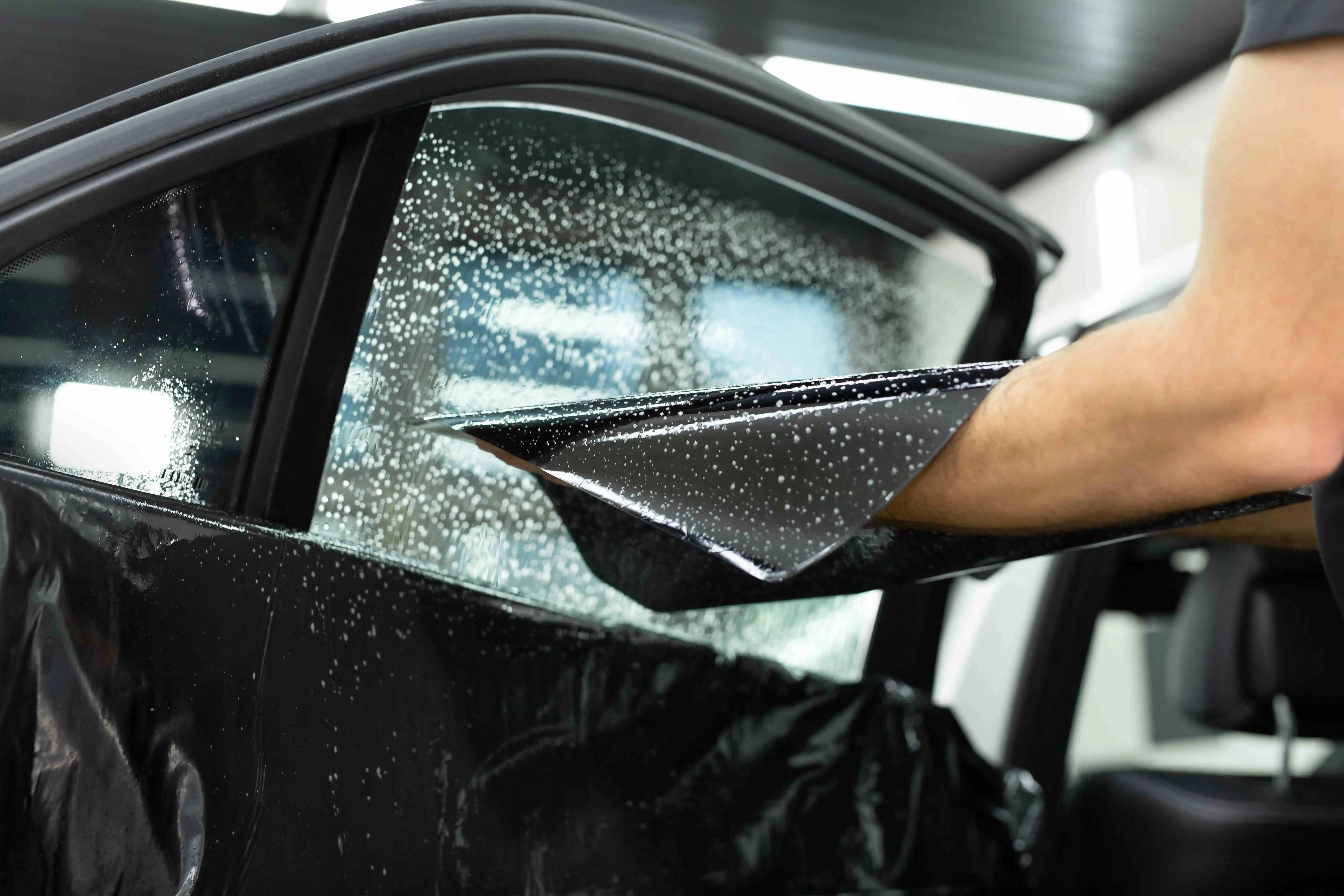Window Tinting Laws and Guidelines: What You Required to Know Before Tinting Your Vehicle
Prior to proceeding with home window tinting for your car, it is necessary to acquaint on your own with the diverse legislations and guidelines that govern this technique throughout various states. These regulations determine the permitted levels of color darkness, commonly determined by noticeable light transmission (VLT) percentages, and include particular specifications for front windshields targeted at guaranteeing road safety. Furthermore, specific jurisdictions might provide clinical exemptions for people with qualifying problems. Recognizing these intricacies can save you from prospective lawful ramifications, but what are the certain rules in your state?
Overview of Window Tinting Laws
Home window tinting legislations are regularly based on variation throughout various jurisdictions, showing local regulations and security factors to consider. These regulations determine the allowable levels of tint darkness and reflectiveness on lorry home windows, making sure that drivers maintain sufficient presence while also protecting against harmful UV rays and warmth.
Many laws categorize window tinting based upon the Visible Light Transmission (VLT) portion, which suggests the quantity of light that can pass through the window. Usually, lower VLT percents symbolize darker colors. Legislations often distinguish between the front, side, and back windows, with more stringent constraints put on the front windscreen to boost safety and security for both the driver and various other road individuals.
Furthermore, some jurisdictions enforce limitations on the reflectivity of the tint, protecting against too much glow that could impair visibility. Exceptions to these legislations might exist for individuals with certain clinical problems needing extra sunlight security. Conformity with window tinting laws is vital, as violations can cause fines, obligatory elimination of the color, and potential increases in insurance coverage premiums. It is vital for lorry proprietors to acquaint themselves with regional legislations prior to continuing with window tinting setups.
State-by-State Tint Rules
Comprehending the particular window tinting regulations in each state is crucial for car owners looking for to follow the regulation. Each state in the U.S. has actually developed its very own set of regulations controling home window tinting, which can differ considerably. These guidelines typically dictate the allowable levels of color darkness, the kinds of home windows that can be tinted, and any type of clinical exceptions that may apply.
As an example, states like California have rigid restrictions on tint darkness for front windows, while others, such as New Mexico, may permit darker colors. Additionally, certain states mandate certain visibility percentages for various windows, consisting of the windscreen, front side windows, and back home windows. It is important for automobile proprietors to familiarize themselves with their state's laws to avoid prospective fines or fines.
Additionally, some states might require a qualification sticker label to be positioned on colored windows, suggesting compliance with state laws. Failing to abide by these policies not just takes the chance of legal effects but can also affect safety and presence while driving. Consequently, lorry owners should carry out extensive research study or speak with neighborhood authorities to guarantee complete understanding and compliance with state-by-state color regulations.
Allowed Color Levels and Types
Many vehicle owners may be amazed to discover that permitted color levels and kinds differ commonly throughout different states. Each state has developed its own policies pertaining to the permissible darkness and reflectivity of home window color, usually gauged by Visible Light Transmission (VLT) percents. VLT refers to the quantity of light that can travel through the tinted home windows; thus, a reduced percent indicates a darker tint.

In addition, the kinds of color products permitted can vary, with some states prohibiting mirror-like or metallic finishes. It is vital for car owners to acquaint themselves with their state's certain regulations to make certain conformity. Non-compliance can result in penalties, obligatory elimination of the color, or other lawful consequences, making it essential to understand these policies before waging installment.
Medical Exemptions for Tinting
While not all states provide allocations for medical exemptions pertaining to home window tinting, those that do identify the necessity for particular individuals to enhance he said presence and convenience due to clinical problems. Various medical problems, such as lupus, skin cancer cells, and specific eye problems, can render individuals particularly delicate to sunlight. Subsequently, these individuals may need darker tints to secure themselves from unsafe UV rays and glow.

It is essential to keep in mind that despite having a medical exemption, there might still be constraints on the degree of tint allowed. Conformity with state laws guarantees that individuals are both protected and within lawful restrictions. Those considering clinical exceptions ought to call their regional Department of Motor Vehicles or comparable authority to comprehend the needs and procedures necessary to make an application for an exception efficiently.
Penalties for Non-Compliance
Falling short to abide by home window tinting laws can bring about significant fines, which vary by state. Police are encouraged to provide citations for vehicles that do not adhere to the specified tinting guidelines. These fines typically consist of penalties, which can vary from moderate total up to a number of hundred bucks, depending upon the severity of the infraction and the state concerned.
In some territories, duplicated offenses may result in intensifying fines Visit This Link or additional penalties, such as obligatory court appearances. Furthermore, non-compliance might necessitate the removal of illegal tinting, typically at the owner's expenditure. In extreme instances, habitual wrongdoers may deal with suspension of their car registration until conformity is attained.
Additionally, insurance policy effects might arise from obtaining multiple citations for window color offenses. Insurance firms might view such infractions as a sign of riskier habits, potentially causing boosted costs or difficulty in coverage.
To prevent these penalties, it is crucial for car owners to acquaint themselves with their neighborhood window tinting legislations and guarantee that their vehicle complies (Window Tinting). This aggressive strategy not only prevents legal implications yet also promotes roadway safety and security
Conclusion

The majority of regulations categorize home window tinting based on the Visible Light Transmission (VLT) portion, which suggests the quantity of light that can pass through the window. Conformity with window tinting guidelines is essential, as infractions can result in penalties, necessary removal of the color, and prospective increases in insurance coverage costs.Understanding the certain window tinting policies in each state is essential for car owners looking for to conform with the regulation. These laws often determine the allowed levels of tint darkness, the kinds of home windows that can be tinted, and any medical exemptions that may apply.
For instance, states like The golden state have rigorous limitations on color darkness for front home windows, while others, such as New Mexico, might enable darker tints.
 Edward Furlong Then & Now!
Edward Furlong Then & Now! Gia Lopez Then & Now!
Gia Lopez Then & Now! Danielle Fishel Then & Now!
Danielle Fishel Then & Now! Macaulay Culkin Then & Now!
Macaulay Culkin Then & Now! Karyn Parsons Then & Now!
Karyn Parsons Then & Now!